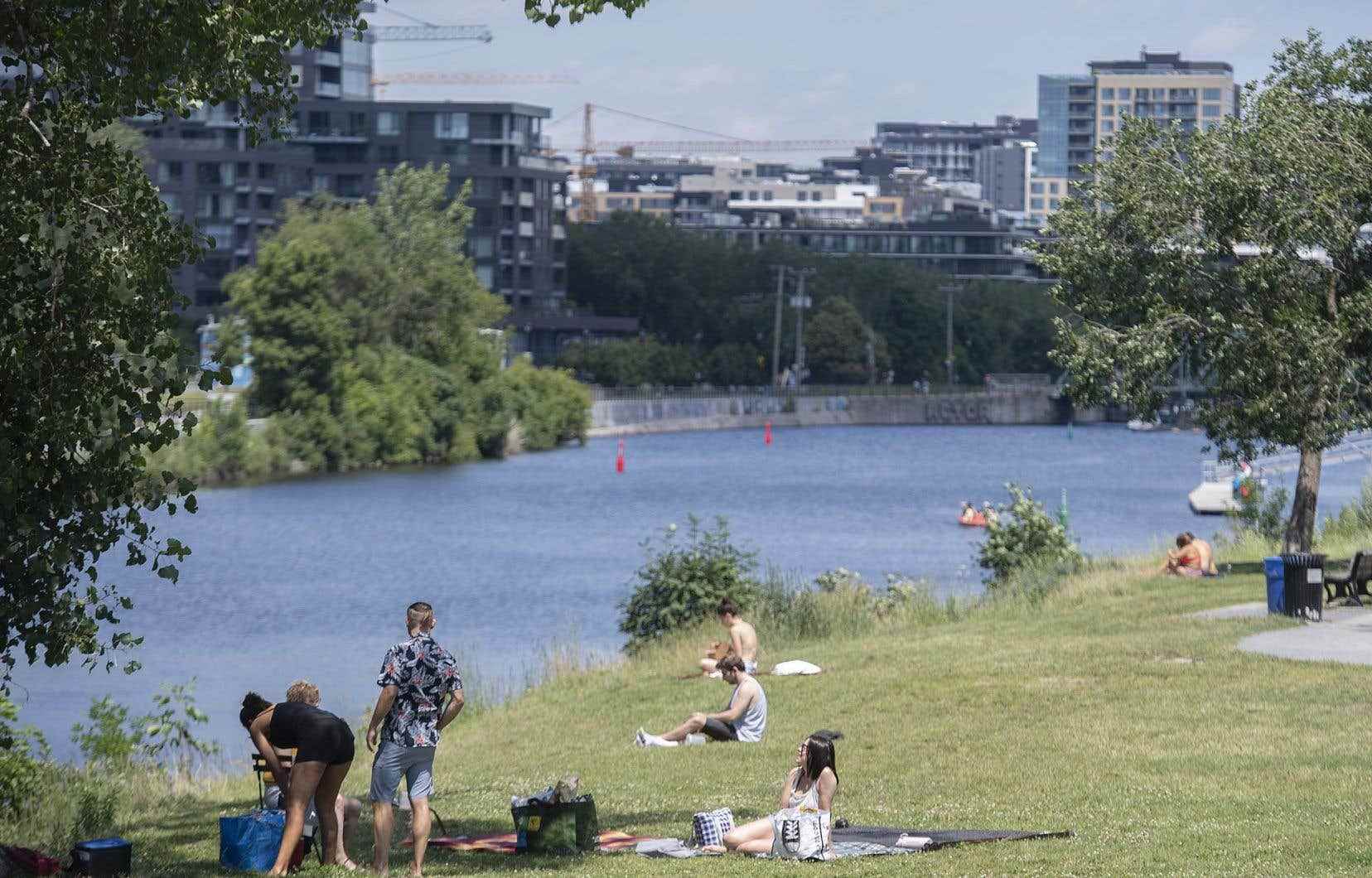Quebec could have 10 million inhabitants at the dawn of the 2060s, according to the most recent projections from the Institut de la statistique du Québec (ISQ). Montreal, however, would be barely more populous than today, because it is its bordering regions that would gain in popularity.
The trend observed during the pandemic should therefore continue. Life on the island of Montreal attracts fewer and fewer people, in particular because of the emergence of telecommuting. Over the next few decades, the population of Quebec will therefore grow, especially in the regions of Lanaudière, Laurentides and Estrie, according to ISQ projections published on Monday.
The turnaround is “major”, observes Frédéric Fleury-Payeur, statistician at the ISQ. “Before the pandemic, one of the only places in Quebec where we observed a growth in the working-age population was Montreal. […] Only three or four RCMs out of 104 had not improved their net migration in 2019. And between 2020 and 2021, a good proportion of RCMs broke historic records! »
If the trend continues, Montreal should welcome 2,088,000 Quebecers in 2041, compared to 2,036,764 this year. “Teleworking is here for good,” says Mr. Fleury-Payeur. But the next few years will still have to confirm this change in culture.
Quebec increasingly populated
Projections over 100 years indicate that the total population of Quebec will continue to grow year after year. And the milestone of 10 million Quebecers should be reached in 2064.
“With a rate of 1.6 children per woman and approximately 50,000 immigrants per year, we have reached a form of balance,” explains Frédéric Fleury-Payeur.
This increase in the total population is also explained by a longer life expectancy, and therefore by an aging of the population even once the generation of baby boomers extinct. A few regions will do well by 2041 by attracting 20-64 year olds, notably the Laurentians (+8%), Montérégie (+7%) and Estrie (+6%).
Conversely, the pool of potential labor could decline significantly by 2041 in Abitibi-Témiscamingue (-10%), Bas-Saint-Laurent (-11%), Saguenay–Lac-Saint- Jean (-12%), in Gaspésie–Îles-de-la-Madeleine (-14%) and on the North Shore (-22%).
The methodology adopted by the ISQ specifies that “the reference scenario should therefore not be interpreted as a forecast of an expected future, but rather as a projection of a possible future, if we assume a continuation of recent trends. “. Thus, political decisions based on these projections could invalidate these prognoses.
